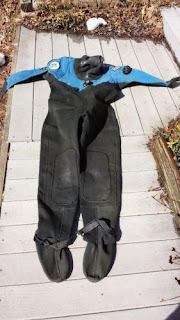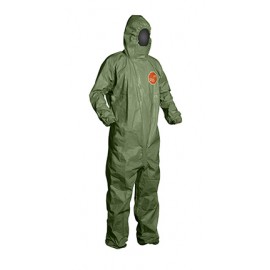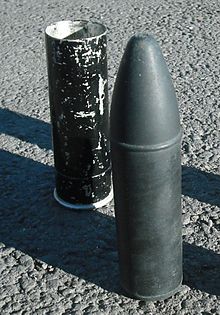Meterological balloons

Meterological Ballons Weather balloons are typically teardrop shaped rubber enclosure about two meters in diameter filled with sufficient helium to loft an instrument package to very high atmospheric levels. Data on the pressure, temperature and humidity are collected during its ascent.Winds are calculated from the measured position of the balloon during its ascent. The balloon grows larger as it reaches lower and lower atmospheric pressures until it finally bursts after expanding to six meters or more in diameter. The Instrument package for weather balloons has evloved over time into a smaller unit with better sensors,now typically with a mass of only a few hundred grams depending on the model and features.This package was originally called a radio Meteorograph but is now referred to as a radiosonde. Radio for the battery powered transmitter that sends atmospheric data back to earth as the ballon ascends and sonde for the meterological sounding produced from t



